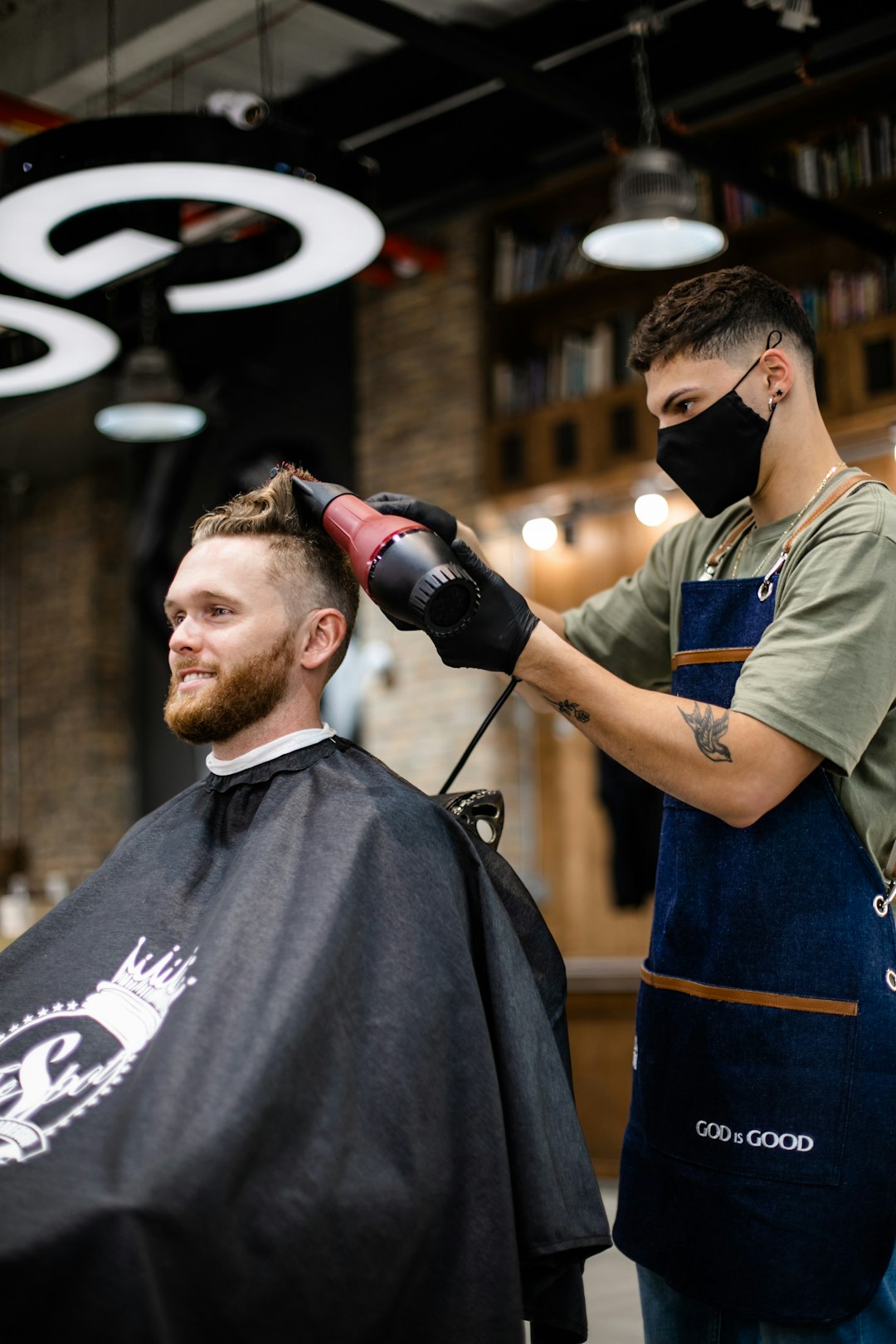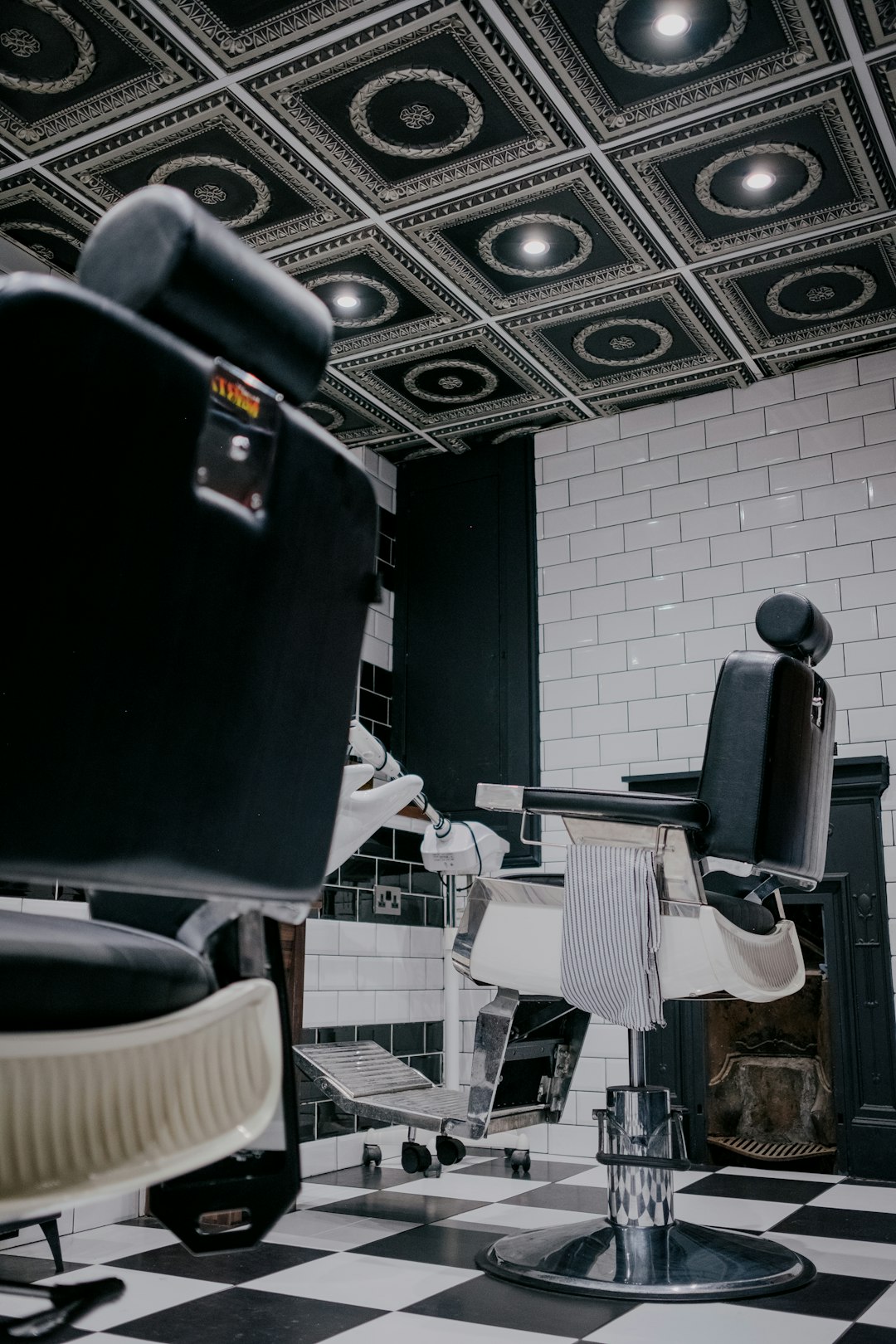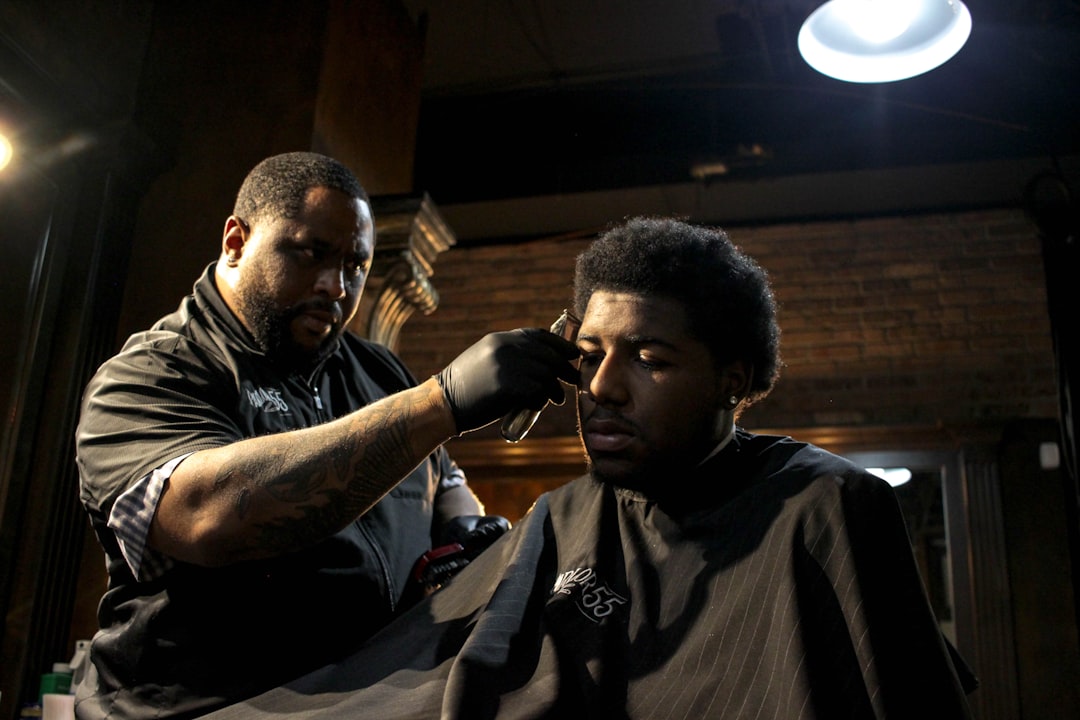Barber vs Hairstilyst
Understanding the Differences
When it comes to grooming and styling, two terms often come up: barber and hairstylist. While both professions deal with hair, there are significant differences between them. Let's delve into the details to better understand their roles.
The Role of a Barber
Barbers primarily focus on men's hair and facial hair. They are trained to cut, trim, and style short hair, and they are also skilled in managing facial hair, offering services such as shaving, beard trimming, and shaping. Barbers often work in a barber shop, which traditionally has a more masculine environment.
Services Offered by Barbers
- Haircuts
- Shaving
- Beard Trimming and Shaping
- Fades and Buzz Cuts

The Role of a Hairstylist
On the other hand, hairstylists cater to both men and women, offering a wider range of services. They are trained to cut, style, and color hair of varying lengths. Hairstylists often work in salons, which usually have a more gender-neutral or feminine environment.
Services Offered by Hairstylists
- Haircuts
- Hair Coloring
- Perms
- Blowouts
- Updos and Hair Styling

Education and Training
Both barbers and hairstylists need to undergo professional training to acquire their skills. Barbers attend barber schools, while hairstylists go to cosmetology schools. Despite the different names, both types of schools teach their students about hair, but the focus of the training differs based on the intended profession.
Choosing Between a Barber and a Hairstylist
Choosing between a barber and a hairstylist ultimately depends on your needs and preferences. If you're a man looking for a simple, short haircut or a beard trim, you might opt for a barber. However, if you want a more complex haircut, hair coloring, or other hair treatments, you might be better off with a hairstylist.

Conclusion
In conclusion, while both barbers and hairstylists work with hair, their services, clientele, and training differ. Understanding these differences can help you make an informed decision about who to visit for your next haircut or hair treatment.
